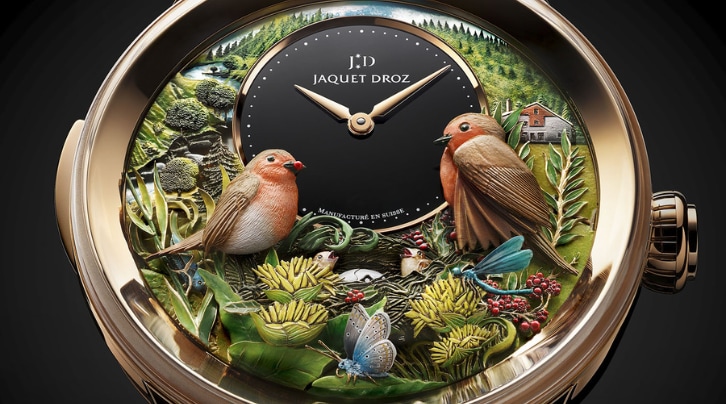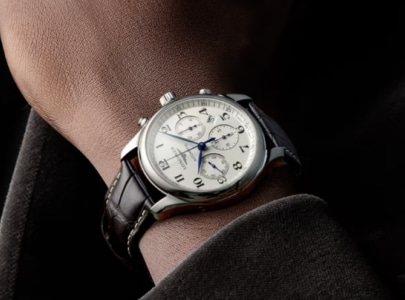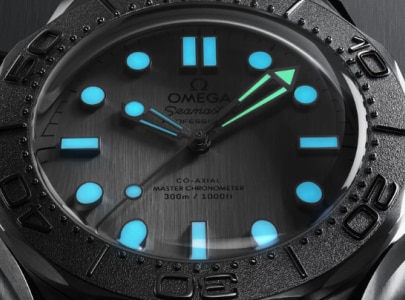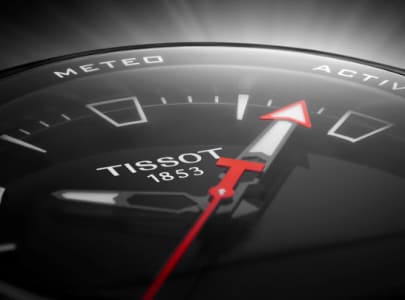The dial of a watch is much more than just a time indicator: it is sometimes a veritable work of art, a concentration of innovation and history that captures the spirit of its era. In the world of horology, every detail of the dial tells a story of craftsmanship, tradition, and sometimes revolution. This journey to the heart of time invites us to explore the beauty and complexity of dials from minimalist pieces to creations adorned with fascinating complications.
For enthusiasts and the curious, the dial is the face of the watch, the first detail that seduces and intrigues. Through this article, we will delve into the secrets of these guardians of time, exploring their history and the techniques of their creation. We will discover together how the choice of a dial can reveal your personality and tastes, inviting you to a journey where precision and aesthetics meet.
The History of Watch Dials
The journey through the history of watch dials is a fascinating odyssey that transports us from the earliest civilizations to the present day. These surfaces on which time is drawn have evolved well beyond their initial function to become true canvases of artistic and technological expression, employing multiple skills, mastering the facets of various arts, sometimes requiring such precision or technical prowess that only a few artisans around the world can achieve certain techniques. But where does this relentless quest for innovation and beauty come from?
The Artistic Origins of the First Dials
The first dials, long before the era of modern horology, were already masterpieces of ingenuity. Consider the sundials of antiquity, where each engraving and line was not only functional but also laden with symbolic and astronomical meanings. These devices rooted in the necessity to measure time were already the expression of an aesthetic pursuit that combined art with science. It is this tradition, where utility meets elegance, that paved the way for watchmakers to explore ever more inventive terrains.
Technical and Aesthetic Evolution Over Time
Over the centuries, the evolution of watch dials has been marked by major technological advances, with each era contributing to the edifice of precision and the art of watchmaking. Starting in the 15th century with the invention of the pocket watch, the dial became an unprecedented field of experimentation. European watchmakers, and later those worldwide, began to incorporate precious materials, sophisticated decorative techniques like enameling or guilloche, making each watch unique.
This evolution was not linear but marked by revolutions, fashions, and practical necessities, such as the addition of functions like the chronograph, perpetual calendar, or moon phases. Dials reflected technological advances, artistic movements, and readability requirements, becoming true indicators of human progress in measuring time.
The Techniques of Dial Manufacturing
Creating a watch dial is a complex process that requires precision, patience, and artisanal know-how. Brands of the Swatch Group such as Breguet, Omega, and Jaquet Droz are renowned for their expertise in using traditional techniques often passed down from generation to generation. One can think of the various aspects of guilloche at Breguet, dials of hard stones or miniature painting at Jaquet Droz, or textured dials at Omega.
The Art of Guilloche and Enameling
Guilloche is a decorative technique where repetitive patterns are engraved on the metal of the dial using a special machine. Breguet is famous for its guilloche dials, a hallmark of the brand since its founder Abraham-Louis Breguet popularized this technique at the end of the 18th century. The guilloche patterns, by capturing light, bring the dial to life, creating depth and texture that can only be fully appreciated in person.
Enameling, on the other hand, is an art that involves applying and firing colored vitreous substances on metal, producing dials with bright and enduring colors. Jaquet Droz is recognized for its expertise in Grand Feu enameling, a technique that requires several layers at extremely high temperatures to achieve unparalleled visual perfection. Enamelled dials are appreciated for their lasting brilliance and chromatic richness.
Engraving and Inlay: Details That Make the Difference
Engraving is another art form that embellishes watch dials, offering unmatched customization and finesse. This technique allows for the creation of complex designs and meticulous scenes, giving each watch a unique character. Omega uses engraving to add sophisticated details to its dials, particularly in collections like the Speedmaster, where engraved dials pay homage to the watch's spacefaring history. Inlay involves the insertion of precious materials or gemstones into the dial, creating sparkling patterns or indices. Longines excels in this technique, offering dials where hours are marked by diamonds or other precious stones, combining functionality and luxury.
These manufacturing techniques, from the art of guilloché and enameling to engraving and inlay, are not just testimonies of artisanal skill; they are at the heart of each Swatch Group brand's identity. They transform watch dials into true paintings where every detail counts and contributes to the narration of a story of beauty, tradition, and innovation.
Iconic Dials
Breguet Classique:
The dial of the Breguet Classique is a perfect example of guilloche with carefully engraved patterns that reflect light from various angles, creating a dynamic and refined aesthetic. This model embodies elegance and sophistication, highlighting a long-standing watchmaking tradition.
Omega Seamaster Aqua Terra:
The Aqua Terra features dials with "Teak Concept" patterns inspired by the wooden decks of luxury yachts, demonstrating modern use of guilloche to create a unique texture and distinctive character.
Longines Evidenza:
This model employs enameling, a technique that gives the dial incomparable brilliance and depth of color. The Evidenza, with its enameled dial, combines tradition and elegance, offering exceptional resistance to the test of time.
Breguet Reine de Naples:
The Reine de Naples collection is renowned for its elaborate dials where engraving and inlay play a key role. Models often feature mother-of-pearl dials engraved and adorned with precious stone inlays, offering unmatched femininity and sophistication.
Omega De Ville Trésor:
The De Ville Trésor highlights the finesse of engraving and inlay with dials decorated with guilloche patterns and diamond inlays. These techniques create a play of light and texture that emphasizes the discreet luxury of this iconic collection.
Jacquet Droz Bird Repeater:
The Bird Repeater is a spectacular example of the art of inlay with a dial that houses a complex automaton depicting moving birds. This model combines enameling, engraving, and the inlay of precious stones to bring to life a captivating natural scene. It is a tribute to ancestral craftsmanship and innovation, two values dear to Jacquet Droz.
Eleonor Picciotto



